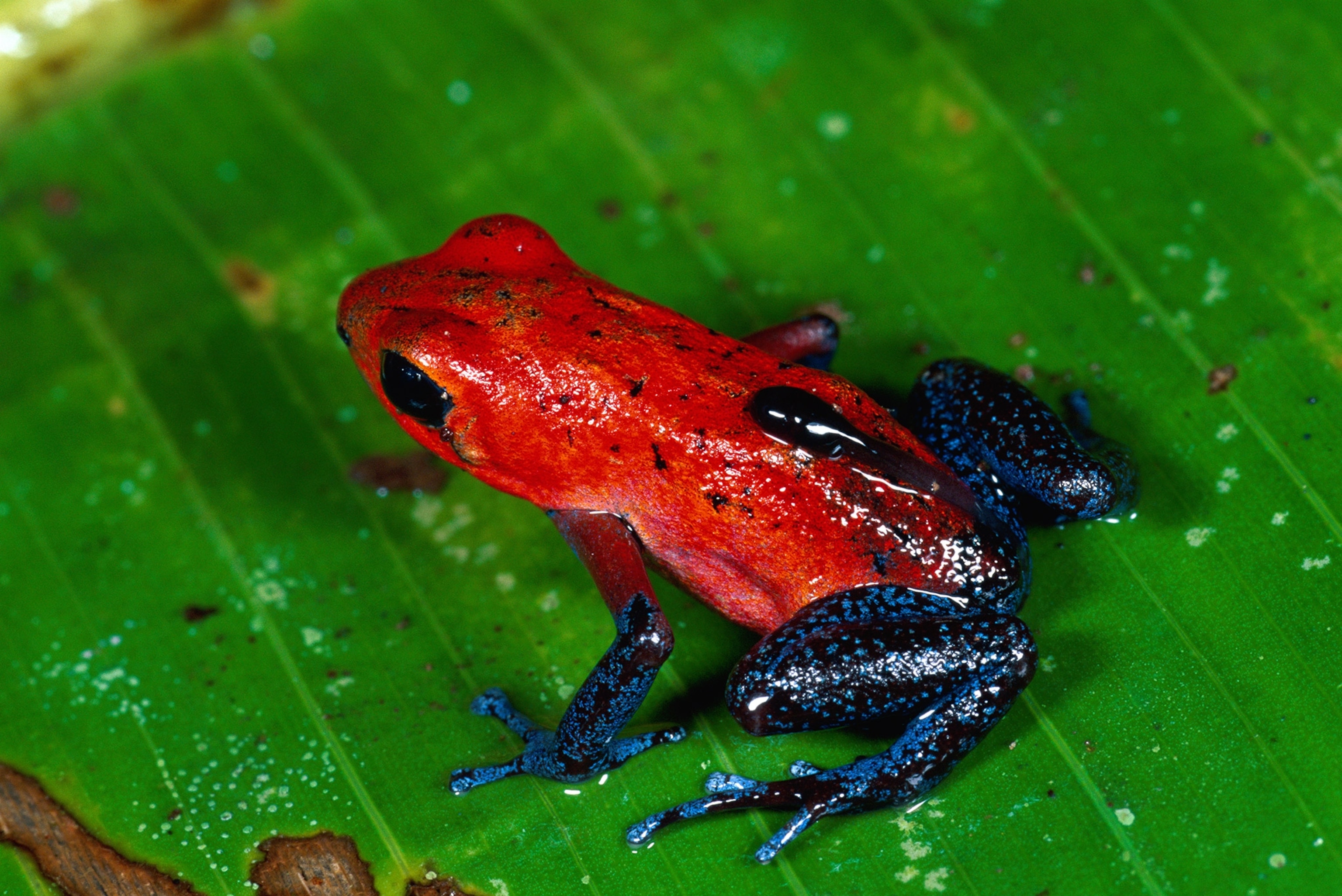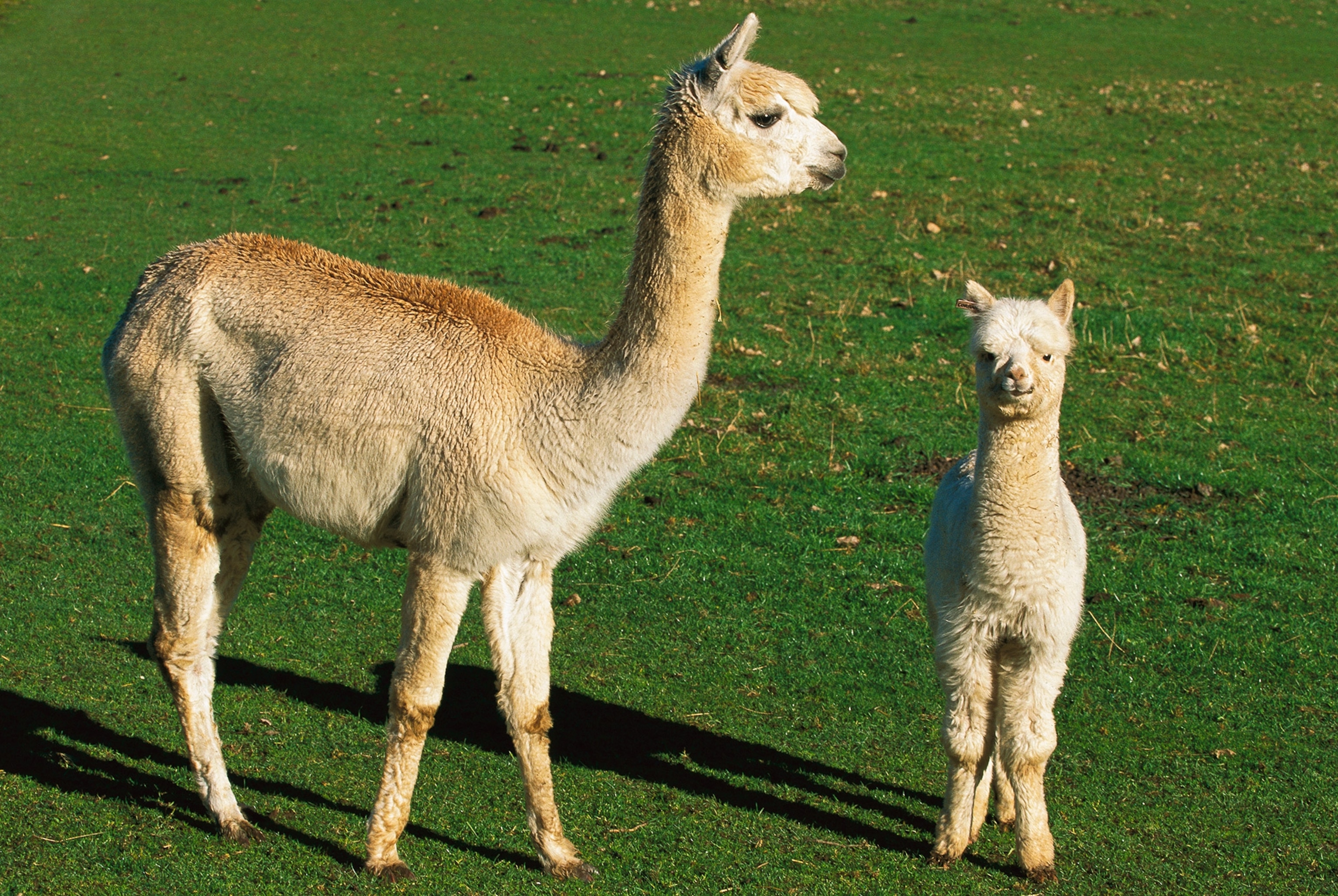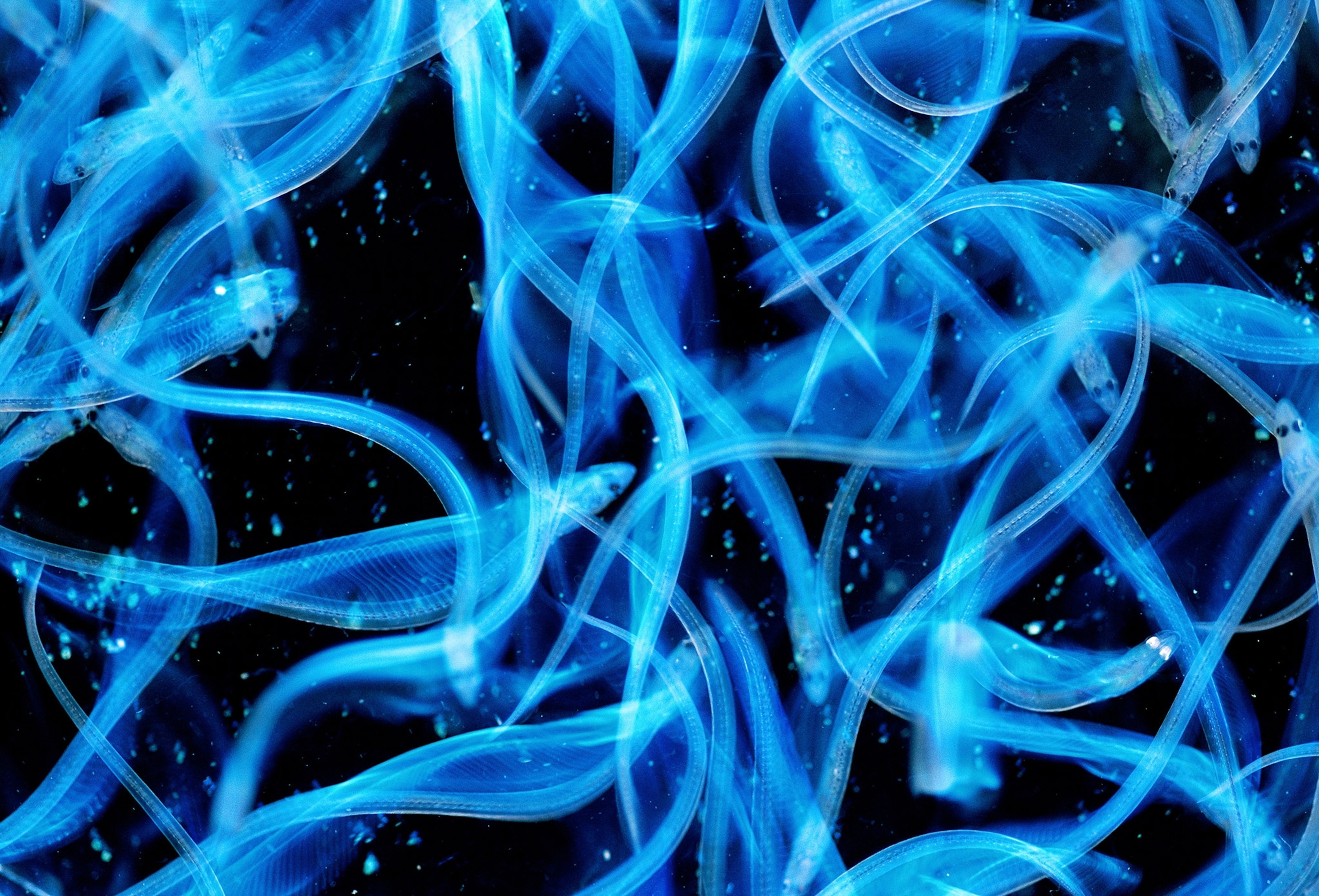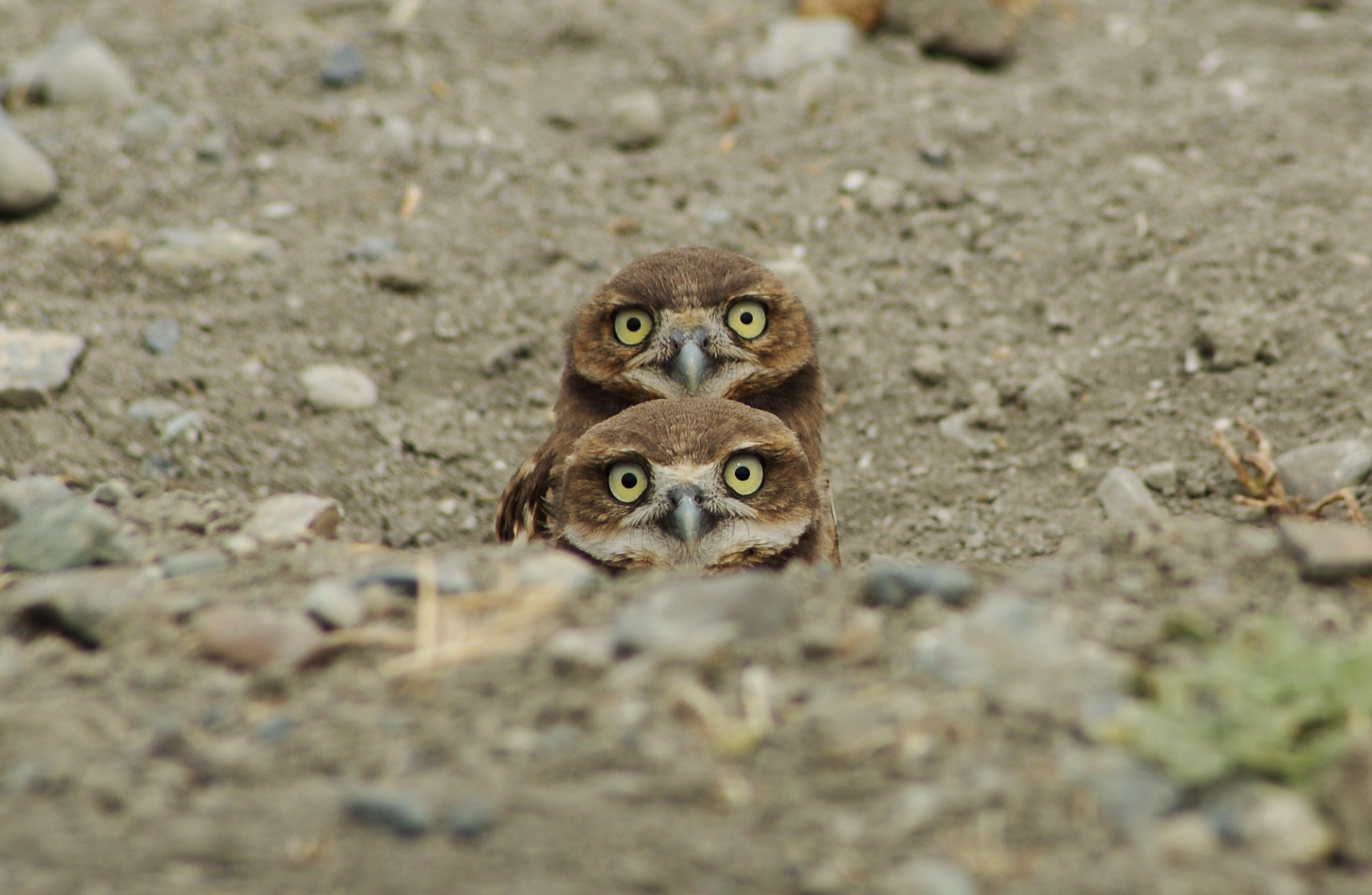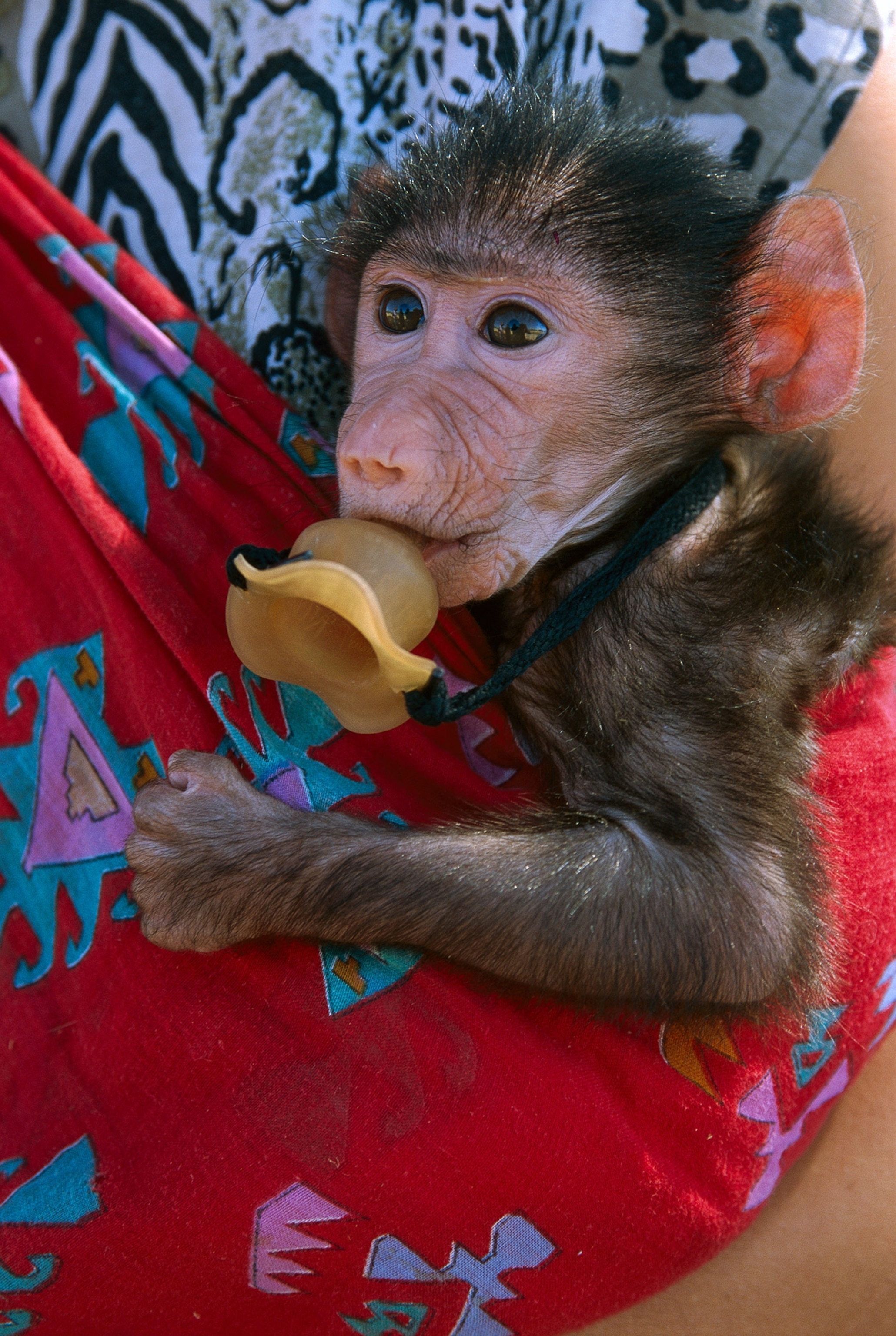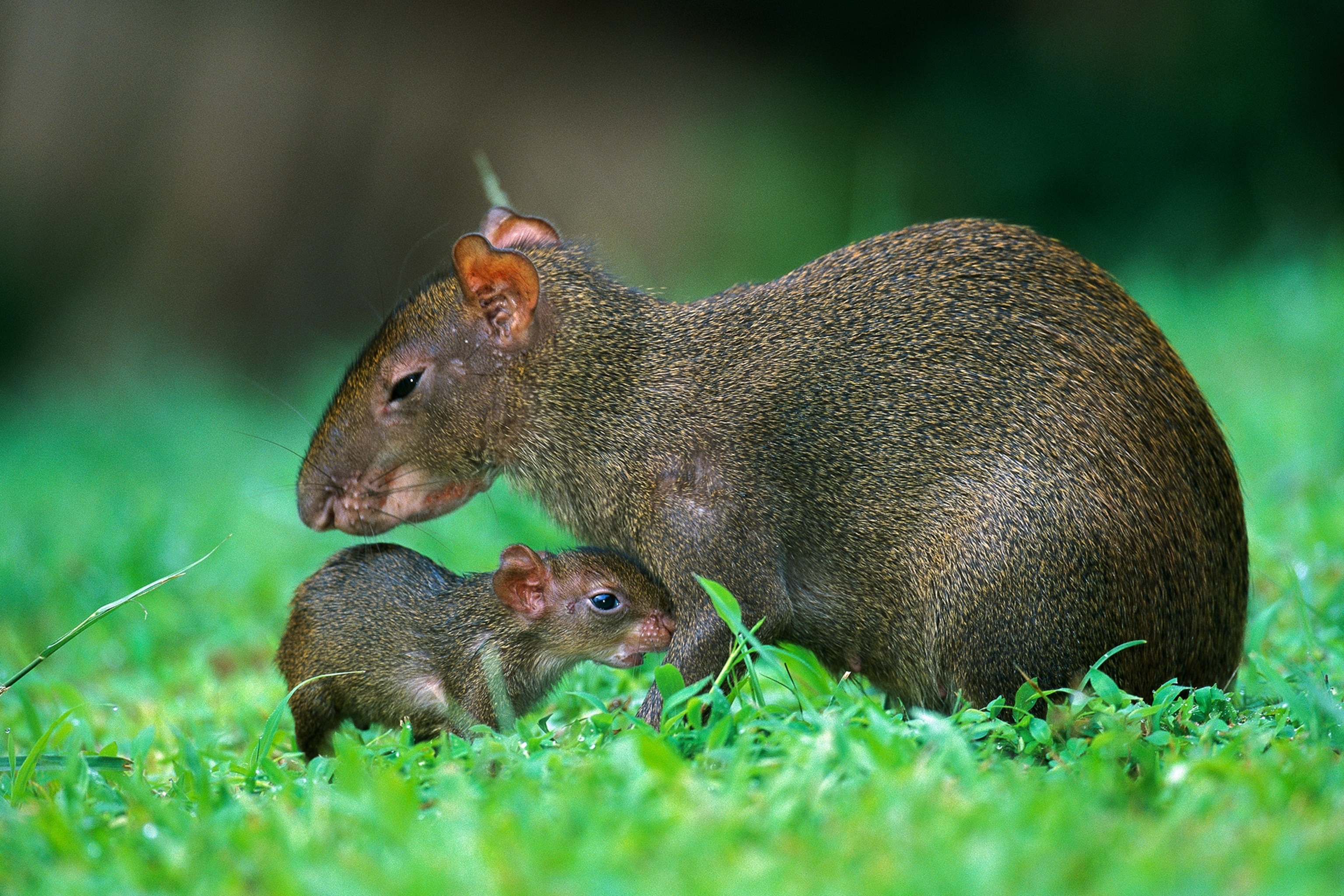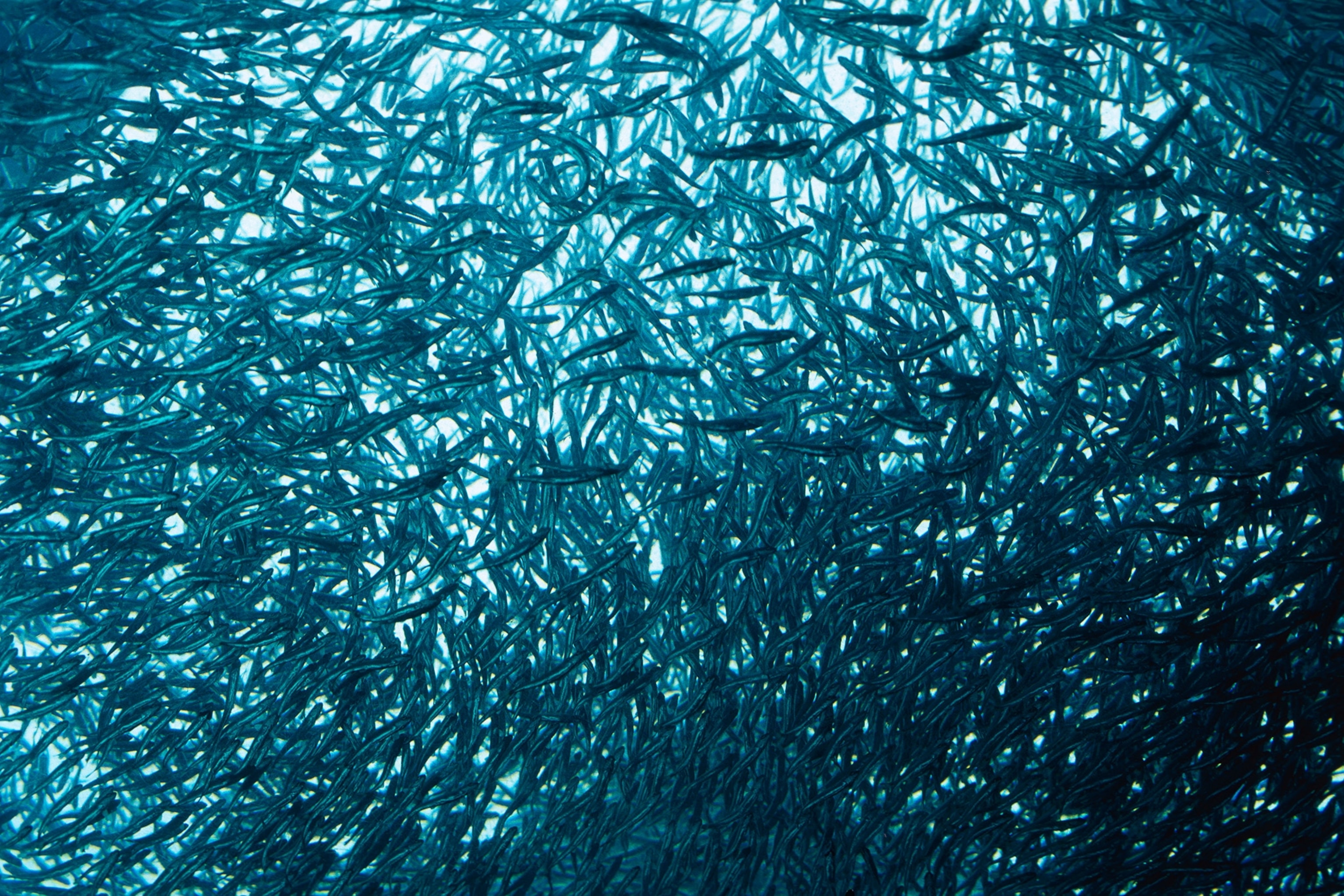1 of 10
Photograph by Tim Laman, Nat Geo Image Collection
Pictures: 10 Unusual Baby Animals You Don't See Every Day
Frisky puppies and fluffy kittens don't have the corner on cute—baby eels, boars, and baboons are just as aww-worthy.
Photo Gallery byJenny Trucano
ByRalph Martins
April 9, 2015
Spring means droves of baby animals making their way into the world, on four legs, two legs, or—in the case of jellyfish—no legs at all.
But frisky puppies and fluffy kittens don't have the corner on the cute market—other new arrivals can be just as aww-worthy. (See "4 Baby Bird Cams You Should Watch This Spring.")
Keep clicking for more unusual babies from the animal kingdom.

